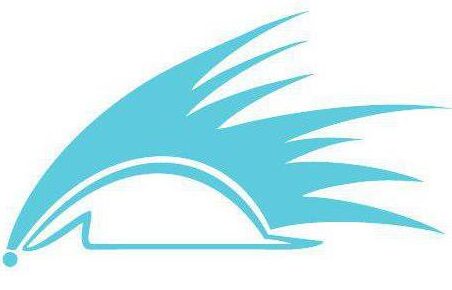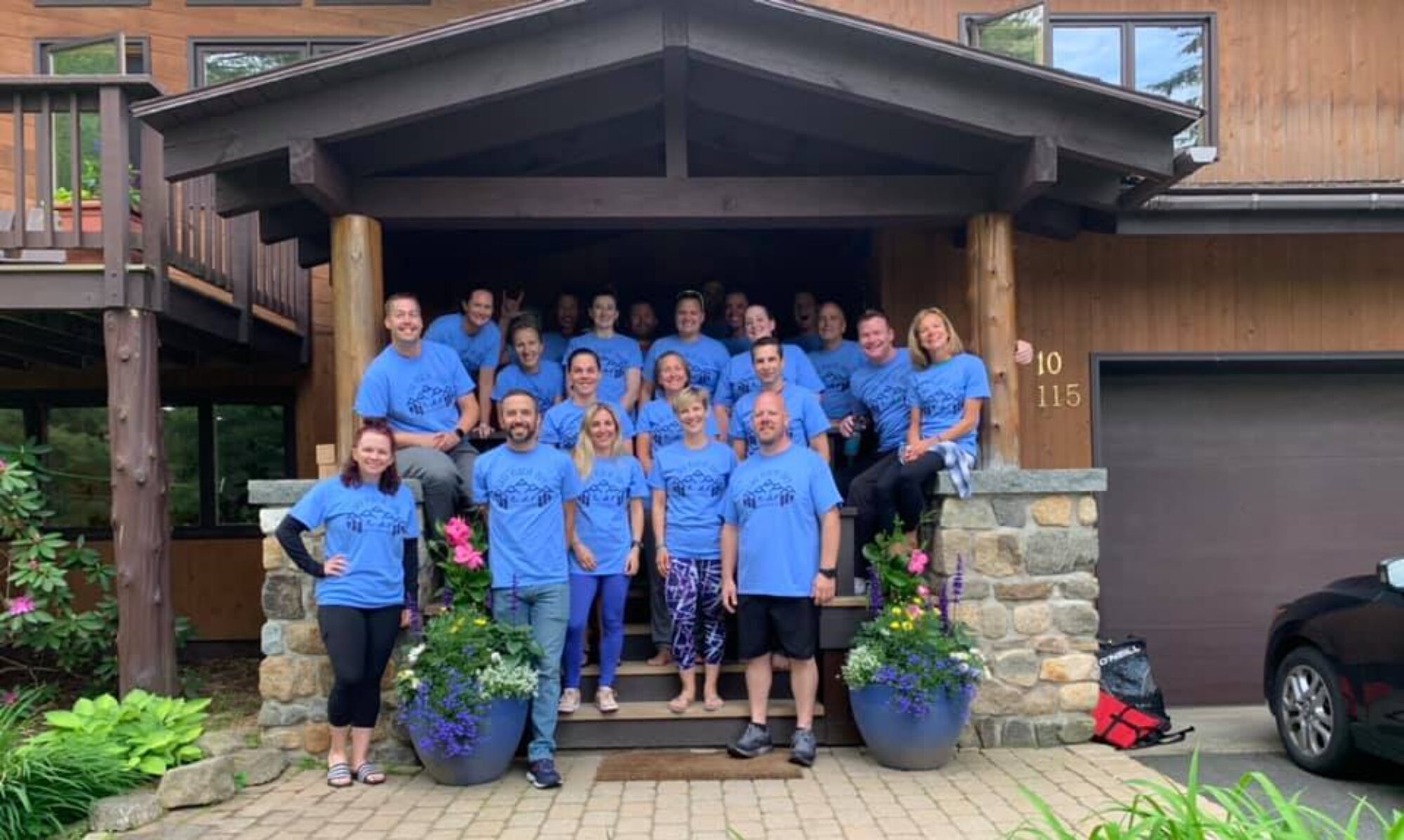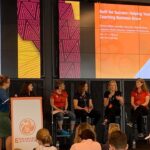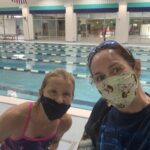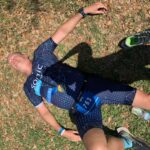One of my favorite things about coaching is educating new athletes about their chosen sport. When I know there is a term or abbreviation that is most likely new to them, I make sure to give them the rundown on it.
That got me thinking, how many other athletes would benefit from this information…and here we are!
A quick guide to help make your workouts make sense!

Active Recovery: Low intensity workouts that typically follow strenuous workouts. Some examples are yoga, swimming, walking, using an elliptical, or hiking.
ATP / Annual Training Plan: This is your big picture training plan toward your A race. It will include goals along the way, shorter races leading up to your A race, and important life events like work, social events or vacations.
Bilateral Breathing: In swimming, the process of breathing on alternate sides during freestyle, such as breathing every third or fifth stroke.
Bonking: This is basically when you hit the wall during your race or training session. Your brain may still feel that they can go on, but your body physical cannot. This is due to total glycogen depletion from the muscles and liver. Bonking can be avoided by proper nutrition planning for your event.
Brick: Like bricks, we are stacking workouts. Whether it is swim to bike, or bike to run, these workouts are key in preparing for your next triathlon. Done back to back with no rest in between not only gets your body familiar with going from one sport to the next, it also gives you practice on your transition.
Cadence: In running, cadence is the total number of steps you take per minute. In cycling, cadence is the number of pedal revolutions per minute (RPMs).
Cool Down / CD: The hard work is done, but not you! It’s time to wind down your body gradually to rest. You are still moving, but at a much lower intensity.
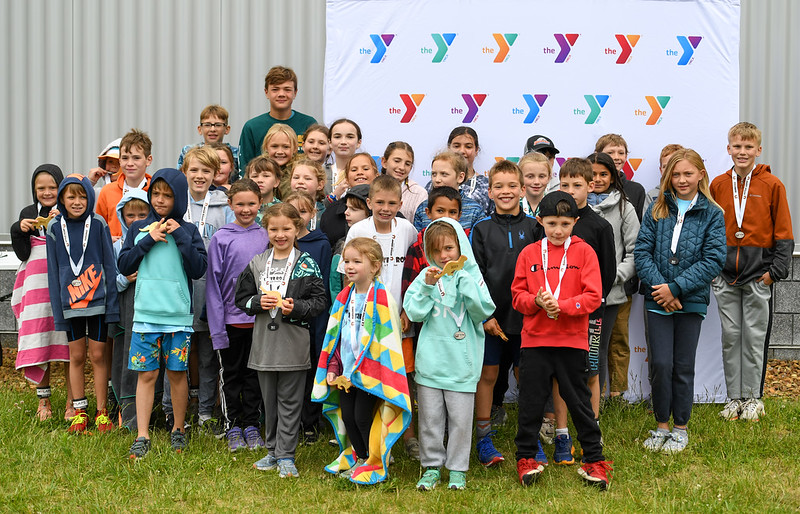
Cross Training: This is any activity other than what you are training for. Hiking, yoga, Skiing, snowshoeing, LOTS of options here.
Deferral: When an event you signed up for needs to cancel or reschedule and they give you other options to transfer your race entry to is a deferral.
Did Not Finish / DNF: Something that no athlete ever wants on their record. This is when an athlete is unable to finish a race within the perimeters of the event. It could be because of an athlete pulling themselves, not meeting a time cut off, or at the worst, being pulled for a medical event. It was not until I experienced one myself that I truly understood these 3 little letters. Thankfully, I grew from it!
Did Not Start / DNS: This is when an athlete does not participate in an event they were signed up for.
Easy: As in keep easy days easy. This means super easy. Not just kind of easy but really, really easy.
Fake Green / Yellow / Orange / Red – Refers to workouts on Zwift that push the upper edge of a zone. For example a fake green workout pushes the upper edges of the aerobic zone. Put simply its an indoor bike owrkout that feels harder than you anticipate.
Fartlek: I don’t care how many times I read this, it ALWAYS makes me giggle. Fartlek is actually Swedish for “Run Slow”. Different from an Interval Run, during a Fartlek workout, you never stop moving. You go from running fast to running slow, repeat.
Foot Strike: How your foot hits the ground when running. Hitting the ground mid-foot reduces your risk of injury by minimizing impact on your toes or heel.
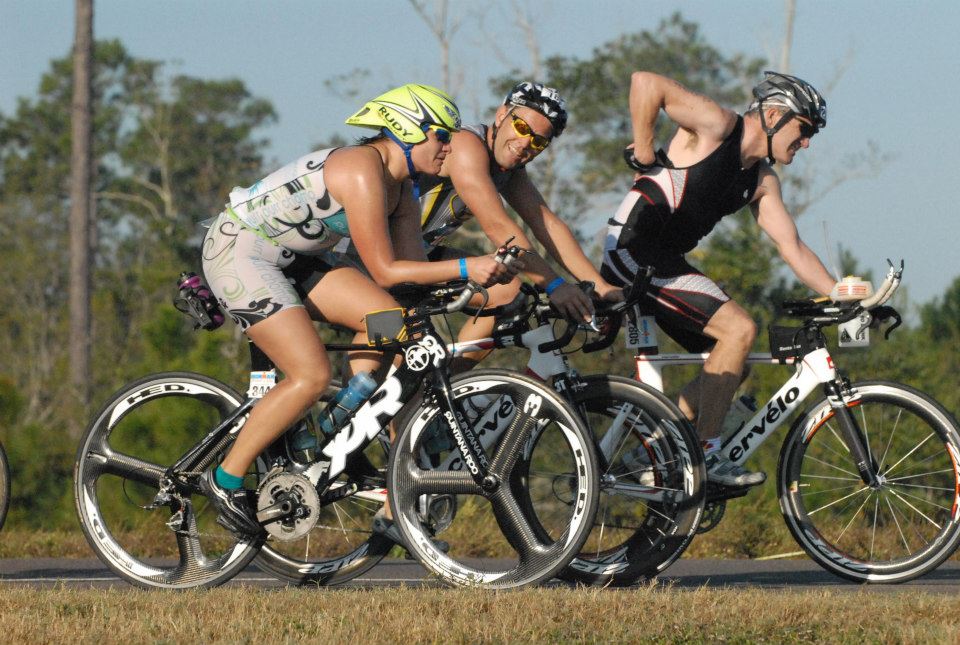
Functional Threshold Power / FTP: If you work with a coach and have a power meter for your bike/trainer, there is a 99.9% chance you have had the pleasure of an FTP Test. FTP is the maximum power you can hold for one hour. FTP is not usually calculated based on an hour ride but rather as a percentage of power held for a shorter distance ride. We use FTP to calculate training zones for building individualized workouts.
Grace: Give yourself some of it. Seriously training can be hard. Everyone is going to have bad days. When you’re dealing with a rough patch a little grace towards yourself goes a long way.
HRM : Heart Rate Monitor.
Interval: Interval training involves a series of high intensity workouts followed by rest or relief periods.
JFR: Just Freaking Run! As simple as it sounds. Find your happy pace and go!
Kilometers: Most athletes will find they are faster using the metric system.
LBS: Local Bike Shop.
Long Course Meters / LCM – A pool that is 50 meters long.
Main Set / MS: This is where the work of your workout comes in! The specific details of your workout can be found here.
No Days Off / NDO: This can be a really bad idea. If your plan says rest day, do just that, rest. Your body gets faster and stronger while resting, so do it
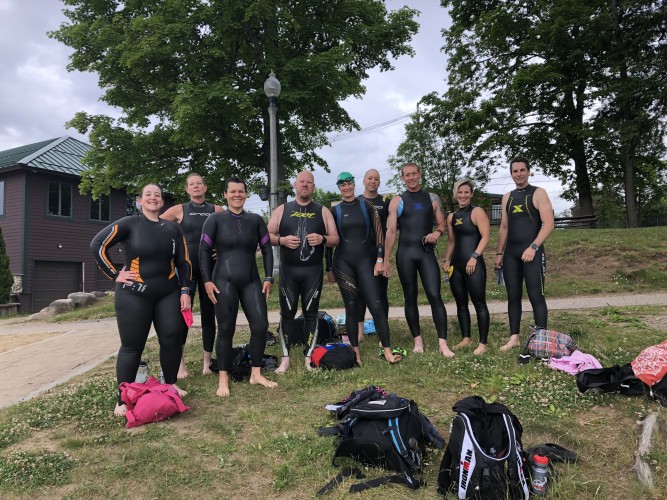
Open Water Swim / OWS: Free from the restrictions of walls! Escape the pool and hit the lake, pond, ocean, puddle for an OWS!
Pace: The amount of time it takes to complete a set distance. For example, if you have a workout that says run at a 10 min mile you would run 1 mile in 10
Personal Best / PB: Your best time at a specific distance or race.
Personal Record / PR: Your best time at a specific distance or race. Can be used as either a noun or a verb.
Quality: High quality session usually involve intervals at a high or higher than usual pace. Quality sessions require lots of rest.
Quantity: High quantity sessions focus on volume versus hitting a high or higher than usual pace. Training plans should have a mix of quality and quality work based on the athlete’s limiters.
Rest Day: It’s just that, REST!! Kick your feet up and hydrate, throw on a pair of compression boots or hit the foam roller.
Rate of Perceived Exertion / RPE: This is when you are going off of how hard you feel your body is working. RPE is going to be different for each person. RPE 0 would be standing still, while RPE 10 is an all-out everything you have effort.
Revolutions Per Minute / RPM: The number of times you complete a full pedal stroke per minute.
Short Course Yards / SCY – A pool that is 25 yards long.
SKPS : Abbreviation for a swim set that includes swim, kick, pull, and swim in that order.
Split: The time it takes to complete a specific distance.
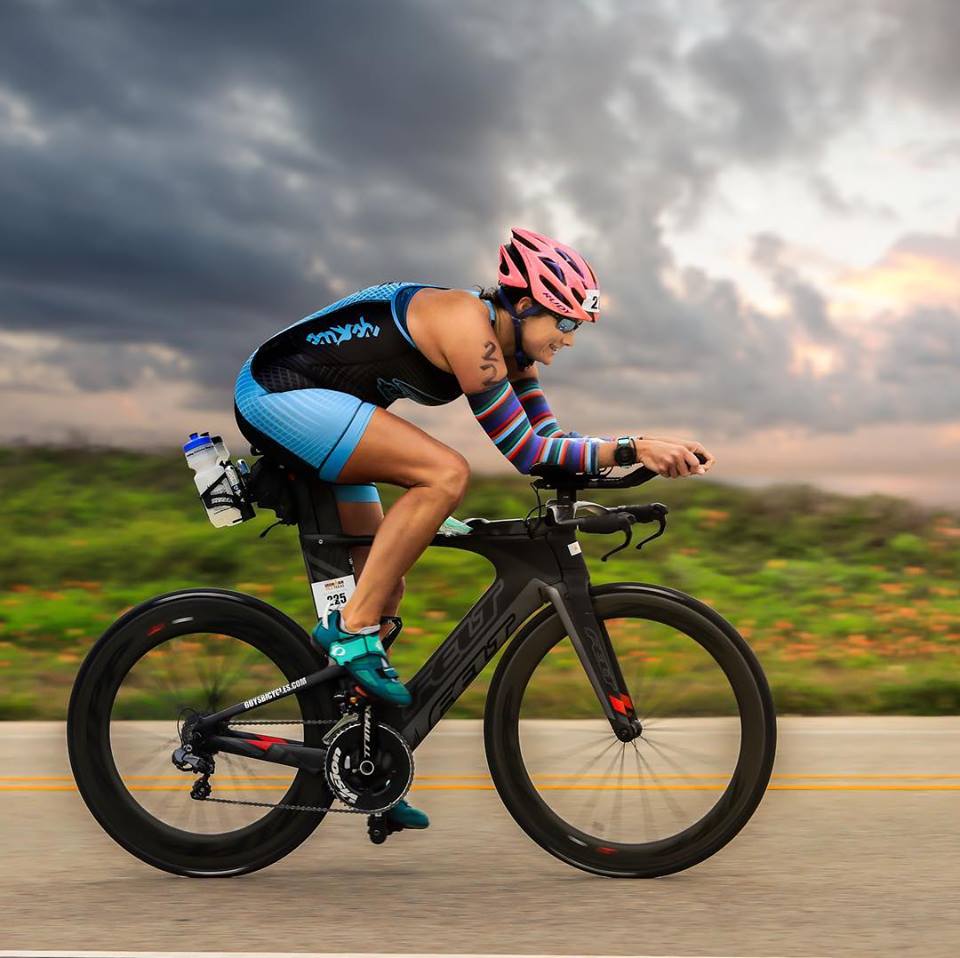
Transition: This is the period in triathlon, aqua bike, or duathlon where you finish on discipline and prepare to move to the next. In most races, your transition area is a prearranged set up of all of the items you need for your race, and set up by your bike. However, in most IRONMAN events, you receive transition bags which you fill with the items you need for each discipline and you prepare in tents. The swim to bike transition is called T1 and the Bike to run is called T2.
Under/Over: A workout of varying speeds on either the bike or run. During the “over” portions of these intervals, hit the gas hard. During the “under” portions, run or ride at a sustainable pace. There’s no rest between the “over” and “under” portions of the workout.
Ultra Short Race Pace Training / USRPT: Effective speed training in swim workouts in which the athlete maintains the best possible time on each (very short) repetition.
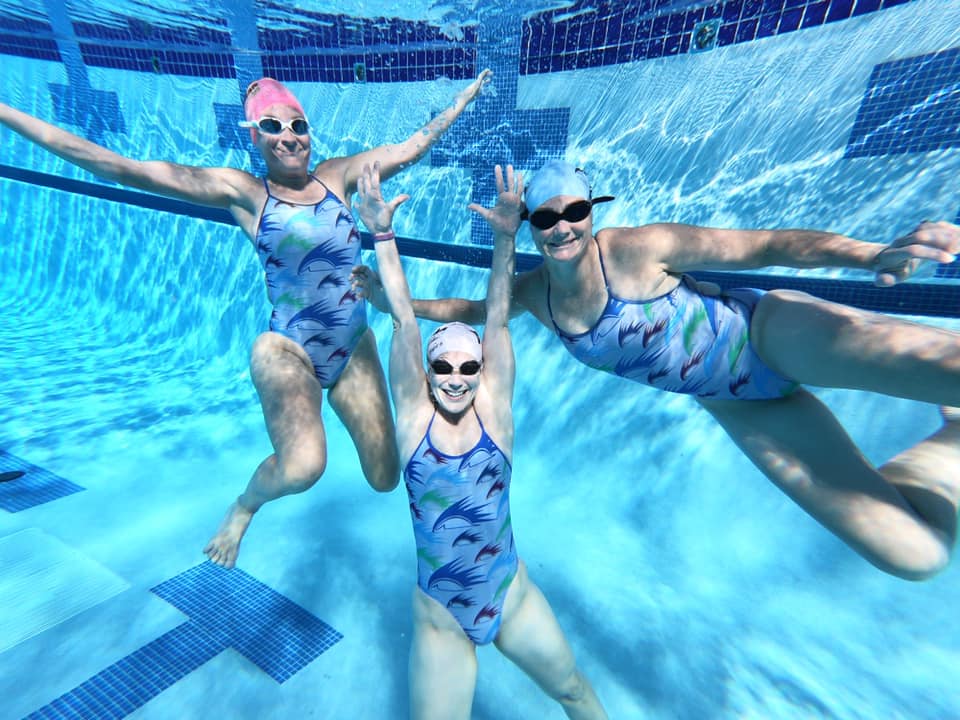
(Heart Rate) Variability: A measure of the variation in time between each heartbeat. Measuring HRV can help determine the amount of stress on the body.
Warm Up / WU: This is key to getting the most out of your workout. Warm ups prepare your body for the work ahead. It gets your cardiovascular system, muscles, and mind ready to work! Also important in reducing the risk of injury.
X and Y: These are outputs of a bike fitting, and alternatively called stack and reach. These numbers help determine the best bike you should be riding by taking your measurements in space (stack: how high your handlebars should be relative to the bottom bracket, reach: how far your handlebars should be relative to the bottom bracket) and doing some basic trigonometry to get the right bike underneath you.
Yaw: Angle of wind direction when riding a bicycle outside. The faster you ride the closer to 0 degrees, which means that faster you ride the more it feels like you’re riding into a headwind.
Zones: You get your zones established through specific discipline testing. Those results are used to set intensity at which you should be working. Zones are specific and different for each athlete. Zones are not the same for each discipline as well. Your swim, bike and run will all have different zone ranges.
Zwift Racing League / ZRL : The world’s largest virtual cycling competition. During the 2023 season it involved 16,300 riders from 1,835 teams. Organized by WTRL, this is a team-based points competition spread across multiple weeks, with teams organized into divisions based on time zones and ability. Its also an amazing way to gain bike fitness.
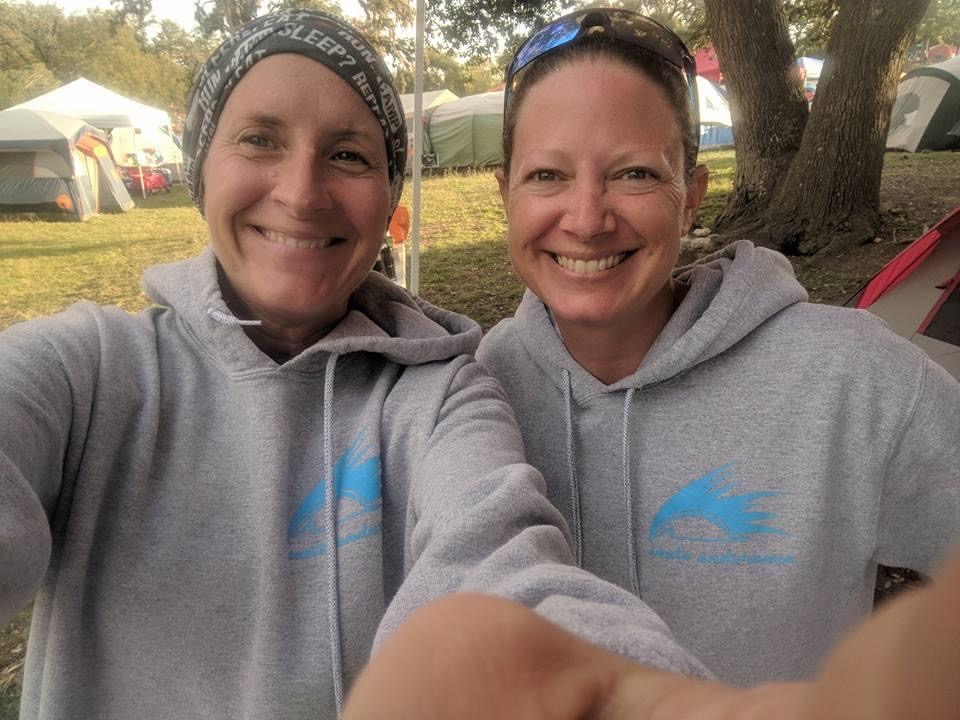
There you have it, the ABC’s of training! Now that you know the terms, go out and crush your goals! Want a little more help? Check out our amazing team of coaches and learn how we can put together all of these funny words in a plan that is right for YOU!
